Tornado Damage Classification
Wind: 40-72 miles per hour (mph)
Light Damage: Some chimneys damaged, twigs and branches
broken off trees, shallow-rooted trees pushed over, signboards damages,
some windows broken
F1--Weak
Wind: 73-112 mph
Moderate Damage: Surface of roofs peeled off, mobile
homes pushed off foundations or overturned, outbuildings demolished,
moving autos pushed off the roads, trees snapped or broken; beginning of
hurricane-speed
winds
Wind: 113-157 mph
Considerable Damage: Roofs torn off frame houses, mobile
homes demolished, frame houses with weak foundations lifted and moved,
large trees snapped or uprooted, light-object missiles generated
F3--Strong
Wind: 158-206 mph
Severe Damage: Roofs and some walls torn off
well-constructed houses; trains overturned; most trees in forecast
uprooted, heavy cars lifted off the ground and thrown, weak pavement
blown off the roads
Wind: 207-260 mph
Devastating Damage: Well-constructed houses leveled,
structures with weak foundations blown off the distance, cars thrown and
disintegrated, trees in forest uprooted and carried some distance away
F5--Violent
Wind: 261-318 mph
Incredible Damage: Strong frame houses lifted off
foundations and carried considerable distance to disintegrate,
automobile-sized missiles fly through the air in excess of 300 feet,
trees debarked, incredible phonomena will occur
You might also be interested in:

How did life evolve on Earth? The answer to this question can help us understand our past and prepare for our future. Although evolution provides credible and reliable answers, polls show that many people turn away from science, seeking other explanations with which they are more comfortable.
...more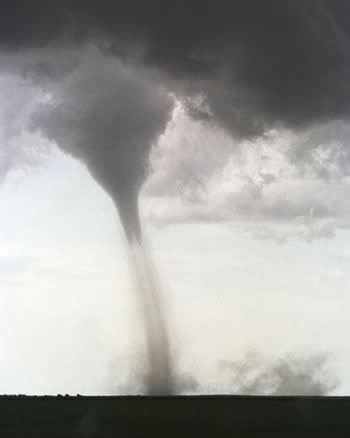
Tornadoes come in three different sizes, each with different characteristics. The three sizes are: weak, strong, and violent. Their size is dependent not only on their physical width but is part of the
...more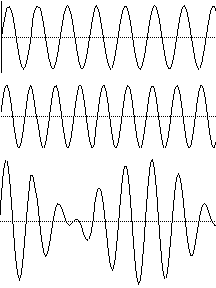
Sound travels in waves. These waves have both a frequency and an amplitude. The frequency is measured in hertz, which is one wave cycle per second. A cycle is a repeated pattern of positive and negative
...more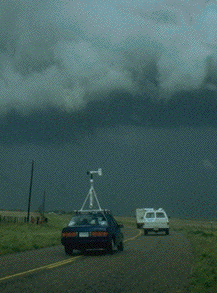
Storms chasers are different than storm spotters. Chasers travel around Tornado Alley looking for severe storms and tornadoes. This area in the Great Plains is the best for chasing. Besides having a lot
...more
A tornado is the most destructive force in nature; that doesn't mean it has the most energy. Thunderstorms which produce tornadoes can have 40,000 times as much energy as a tornado! Tornadoes are so destructive
...more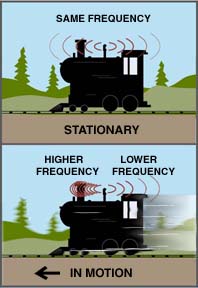
The Doppler effect was named after Christian Doppler, who first came up with the idea in 1842. He determined that the frequency of sound waves would change if either the source of the sound or the observer
...more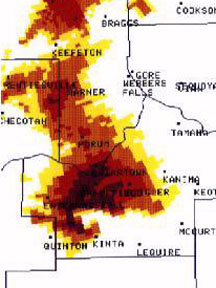
The short duration and complicated nature of tornadoes make them nearly impossible forecast. Meteorologists don't really know the specifics of how they form, but they do know what atmospheric conditions
...more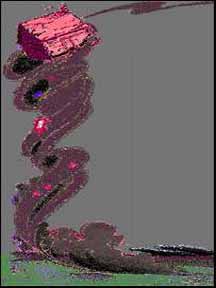
Scientists once thought that you should open your windows during a tornado so your house won't explode. The thinking behind this idea is that the extreme low pressure in a tornado would cause the air in
...more














